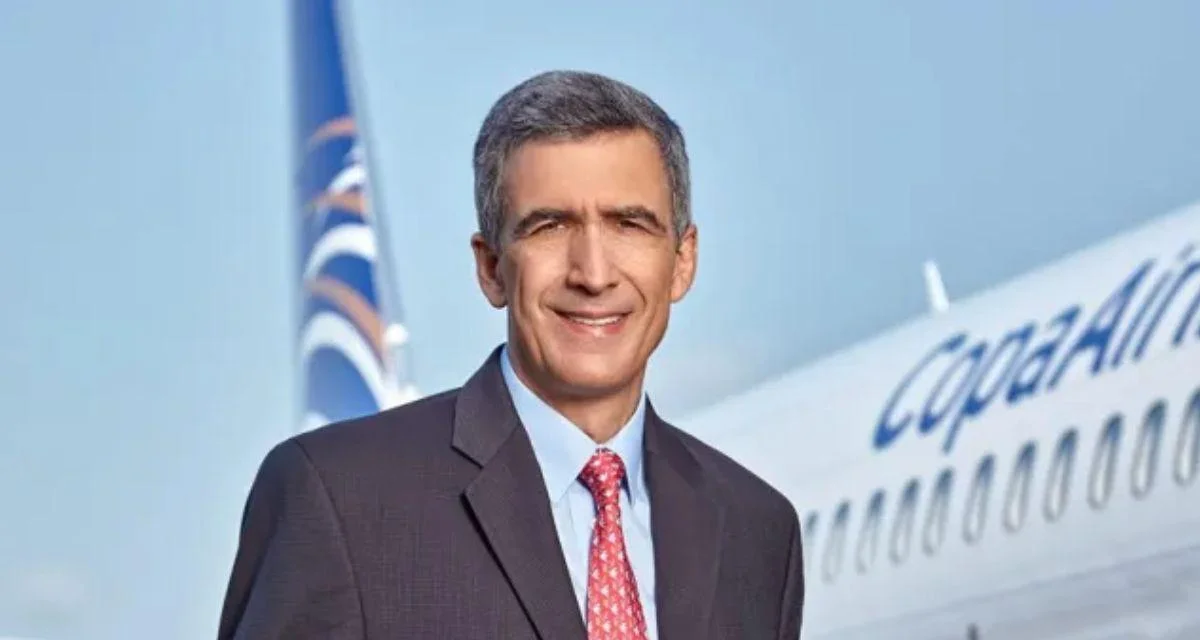The airline expects ten more Boeing 737 MAX 8 aircraft to be delivered over the remaining months of 2025. An additional six are set for delivery in the first half of 2026. At the end of the quarter, Copa’s fleet consisted of 115 aircraft: 67 Boeing 737-800s, 32 Boeing 737 MAX 9s, nine Boeing 737-700s, six Boeing 737 MAX 8s, and one Boeing 737-800 freighter.
Copa Airlines did not issue financial guidance for next year but anticipates continued capacity growth into early 2026 as new aircraft join its fleet.
Financially, Copa posted a net profit of $148.9 million for the second quarter of this year—a rise of more than a quarter compared to last year. The company reported operating revenues of $842.6 million and maintained about $1.4 billion in cash and investments at quarter-end. The load factor reached 87.3%, supported by nearly six percent growth in available seat miles.
Copa’s total debt stands at $2.1 billion and is tied exclusively to aircraft financing. The airline highlighted its adjusted net debt to EBITDA ratio remains at a strong level relative to industry peers and noted that it owns outright forty-two planes without using them as collateral.
Both major global manufacturers—Boeing and Airbus—have struggled with production targets recently. For example, Boeing’s output is currently capped at thirty-eight units per month for its popular narrowbody jet by the Federal Aviation Administration (FAA). Plans exist to increase this figure pending regulatory approval; however, certification delays affecting both the smaller MAX 7 and larger MAX 10 variants have pushed expected approvals into next year due to technical issues with engine anti-ice systems.
In June this year alone, Boeing delivered sixty commercial airplanes—including forty-two units from its best-selling 737 MAX line. Other deliveries included nine Dreamliner (787) jets and several widebody freighters; orders for new aircraft totaled one hundred sixteen during that month.
 Alerts Sign-up
Alerts Sign-up




































